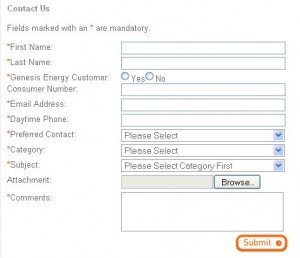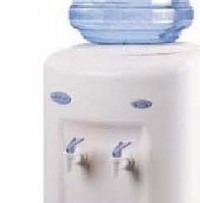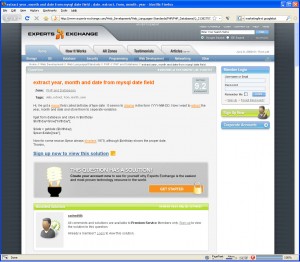 I do quite a bit of copywriting:
I do quite a bit of copywriting:
- email proposals
- email newsletters
- sales pages on websites
- blog articles
- direct response letters
- and the occasional fax (I’m joking about the fax, it’s not the nineties anymore)
The pieces of work I create are as long as they need to be and often include all of the following components:
- Headline: A headline dripping with benefits that leaves the reader hungry to read the rest
- Highly personalised: In email newsletters I like to mention the recipients first name 7 times. In direct mail my record is mentioning their first name 16 times
- Chatty and friendly: Written in a one-on-one style as if the two of us were sitting down over a coffee and having a chat. This decreases the distance between you and I
- Compelling content: That tells a story and focuses on what you get out of the deal. It even addresses your objections before they form in your mind
- A limited time offer: “Respond before 5pm Friday”, and/or a limited number of customers “Only 10 positions available”
- A call to action: Eg choose between 3 packages with ascending prices and value. “Call 0800 123 123 to secure your position”
I put my heart and soul into this work.
I work on it like it’s a piece of art. It just has to be perfect before I’m happy to release it on the world.
And time and time again this work pays off, because it generates the responses/action/sales goals that I set for those pieces.
But sometimes, a client comes back and says that dreaded phrase “I think it’s too long, can you make it shorter?”
arrrrgghh
There are 2 reasons why clients say “I think it’s too long”:
- Because they are not in the target audience (I’m not trying to sell your services back to you, I’m selling them to your prospects. It’s no wonder you aren’t captivated)
- They are bored of simple explanations of what they do. This is what prospects that have never heard of you need, but you might be bored of simplifying your story
Because the fact is, if something is interesting to an individual, they will keep reading and keep reading and keep reading.
They are thirsty for the content, and they can’t stop because it tastes like cool water as they read.
Most novels take 4, 6, 8, 10 hours to read, right?
If you had just started a novel by your favourite author that you’d been waiting months to get hold of, and I told you that I had a one page summary in a sealed envelope and I tried to give it to you would you yell at me “Keep that away from me!! Leave me to read my book in peace!”
Sure you would.
Length isn’t important.
It’s the journey.
It’s the story.
So the next time you read an article in a newspaper, or an email newsletter, or draft copy from someone who is helping you write an email newsletter, and your first thought is “I think it’s too long”. Check yourself.
Are you in the target audience?
If not, keep your opinion to yourself.



